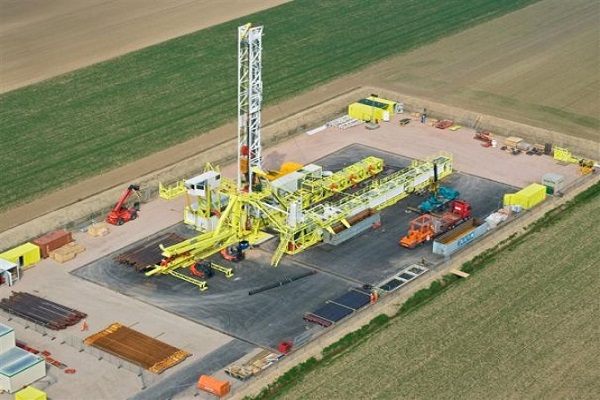1. Importance of infrastructure for hydrocarbon transport – production, transportation and distribution systems. Legislative framework.
2. Design of the pipeline systems. Pipeline Integrity Management Systems (PIMS). Supervisory Control and Data Acquisition (SCADA).
3. Production and construction of pipelines. Types of piping material. Standards for pipe production and testing. Fundamentals of pipe welding.
4. Compressors, pumps, fittings, controls, filters. Oil and gas flow measurement. Transfer stations.
5. Factors causing pipe leaks. Telluric corrosion, mechanical damage, other types of corrosion. Diagnostics.
6. Methods of protection of piping systems. Coating of pipelines, cathodic protection. Crossing of linear structures, protectors.
7. Pipeline inspection and monitoring. Methods of determination of pipeline systems condition. Inspection of pipelines using intelligent pigging.
8. Maintenance, repair, relocation and disposal of oil and gas pipelines. Methods of cleaning, methods of planned and emergency repairs. Disposal of abandoned pipes.
9. Risks of oil pipeline leakage failure. Oil spills and their disposal. Emergency plans.
10. Risk management in gas transport system operation. Emergency plans. Examples of gas and oil pipeline accidents.
11. General requirements for the purchase of pipeline material for oil and gas transport. Quality controls, tests.
12. Specified gas and pressure equipment. TPG, TDG. Marking of pipelines and other related equipment.
13. Terminology and abbreviations in the gas industry. Conversion and expression of natural gas volume.
14. Health and safety management in the gas industry. Working in potentially explosive atmospheres.
2. Design of the pipeline systems. Pipeline Integrity Management Systems (PIMS). Supervisory Control and Data Acquisition (SCADA).
3. Production and construction of pipelines. Types of piping material. Standards for pipe production and testing. Fundamentals of pipe welding.
4. Compressors, pumps, fittings, controls, filters. Oil and gas flow measurement. Transfer stations.
5. Factors causing pipe leaks. Telluric corrosion, mechanical damage, other types of corrosion. Diagnostics.
6. Methods of protection of piping systems. Coating of pipelines, cathodic protection. Crossing of linear structures, protectors.
7. Pipeline inspection and monitoring. Methods of determination of pipeline systems condition. Inspection of pipelines using intelligent pigging.
8. Maintenance, repair, relocation and disposal of oil and gas pipelines. Methods of cleaning, methods of planned and emergency repairs. Disposal of abandoned pipes.
9. Risks of oil pipeline leakage failure. Oil spills and their disposal. Emergency plans.
10. Risk management in gas transport system operation. Emergency plans. Examples of gas and oil pipeline accidents.
11. General requirements for the purchase of pipeline material for oil and gas transport. Quality controls, tests.
12. Specified gas and pressure equipment. TPG, TDG. Marking of pipelines and other related equipment.
13. Terminology and abbreviations in the gas industry. Conversion and expression of natural gas volume.
14. Health and safety management in the gas industry. Working in potentially explosive atmospheres.
